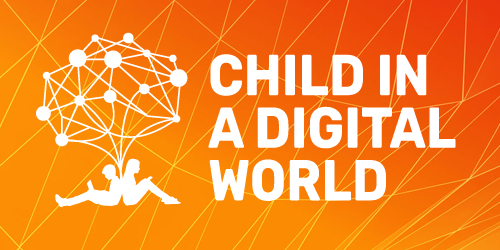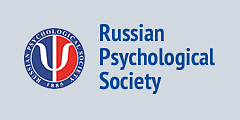Developmental psychology
-
Toy Preferences among 3-to-4-Year-Old Children: The Impact of Socio-Demographic Factors and Developmental Characteristics
-
Elements of Sensory-Emotional Experience as an Integral Part of Forming Visual Meanings: the Role of Conceptual Abilities
-
Measuring Spatial Ability for Talent Identification, Educational Assessment, and Support: Evidence from Adolescents with High Achievement in Science, Arts, and SportsPDF HTML8032“ CITE
Budakova, A.V., Likhanov, M.V., Toivainen, T., Zhurbitskiy, A.V., Sitnikova, E.O., Bezrukova, E.M., Kovas, Yu. (2021). Measuring Spatial Ability for Talent Identification, Educational Assessment, and Support: Evidence from Adolescents with High Achievement in Science, Arts, and Sports. Psychology in Russia: State of the Art, 14(2), 59-85. DOI: 10.11621/pir.2021.0205
copied
-
Digital Socialization of Adolescents in the Russian Federation: Parental Mediation, Online Risks, and Digital Competence
-
Parent Responsiveness and its Role in Neurocognitive and Socioemotional Development of One-Year-Old Preterm Infants
-
Spouses’ Psychological States and Family Relations in Families with Natural and Induced PregnanciesPDF HTML5647“ CITE
Bokhan T. G., Terekhina O. V., ShabalovskayaM. V., Leshchinskaia S. B., Silaeva A. V., Naku E. A., Selita F., Agarkova L. A. (2018). Spouses’ Psychological States and Family Relations in Families with Natural and Induced Pregnancies. Psychology in Russia: State of the Art, 11 (4), 50-67.
copied
-
To Tell or Not to Tell: The Ethics and Law of Disclosing Health-Related Genetic Information to Family Members
-
The Role of Mathematical and Trait Anxiety in Mental Fatigue: an EEG Investigation
-
Language Proficiency in Preschool Children with Different Levels of Executive Function
-
The Role of Emotional Schemas in Anxiety and Depression among Russian Medical Students
-
From Rare Mutations to Normal Variation: Genetic Association Study of Mathematical, Spatial, and General Cognitive Abilities
-
Elaboration of Screening Scales for Early Diagnosis of Developmental Delay in Four- to Five-Year-Old Children in Russia
-
Cognitive and Non-Cognitive Predictors of the Unified State Exam Performance of Students from Schools with Regular and Advanced Mathematical CurriculaPDF HTML7933“ CITE
Voronin I. A., Ovcharova O. N., Bezrukova E. M, Kovas Yu. (2018). Cognitive and Non-Cognitive Predictors of the Unified State Exam Performance of Students from Schools with Regular and Advanced Mathematical Curricula. Psychology in Russia: State of the Art, 11 (4), 177-199.
copied
-
Developmental Change in Full- and Preterm Infants between the Ages of Three and Nine Months in Institutions with Different Caregiving EnvironmentsPDF HTML5723“ CITE
Muhamedrahimov R.J., Chernego D.I., Vasilyeva M.J., Palmov O.I., Vershinina E.A., Nikiforova N.V., McCall R.B., Groark C.J. (2018) Developmental Change in Full- and Preterm Infants between the Ages of Three and Nine Months in Institutions with Different Caregiving Environments. Psychology in Russia: State of the Art, 11 (3), 152-167
copied
-
Adolescent Vandalism: the Role of the Parent-Child Relationship in the Development of Destructive Behavior
-
Specific Features of the Relationships between Operational Structures within Preschoolers’ Systems of Thought









